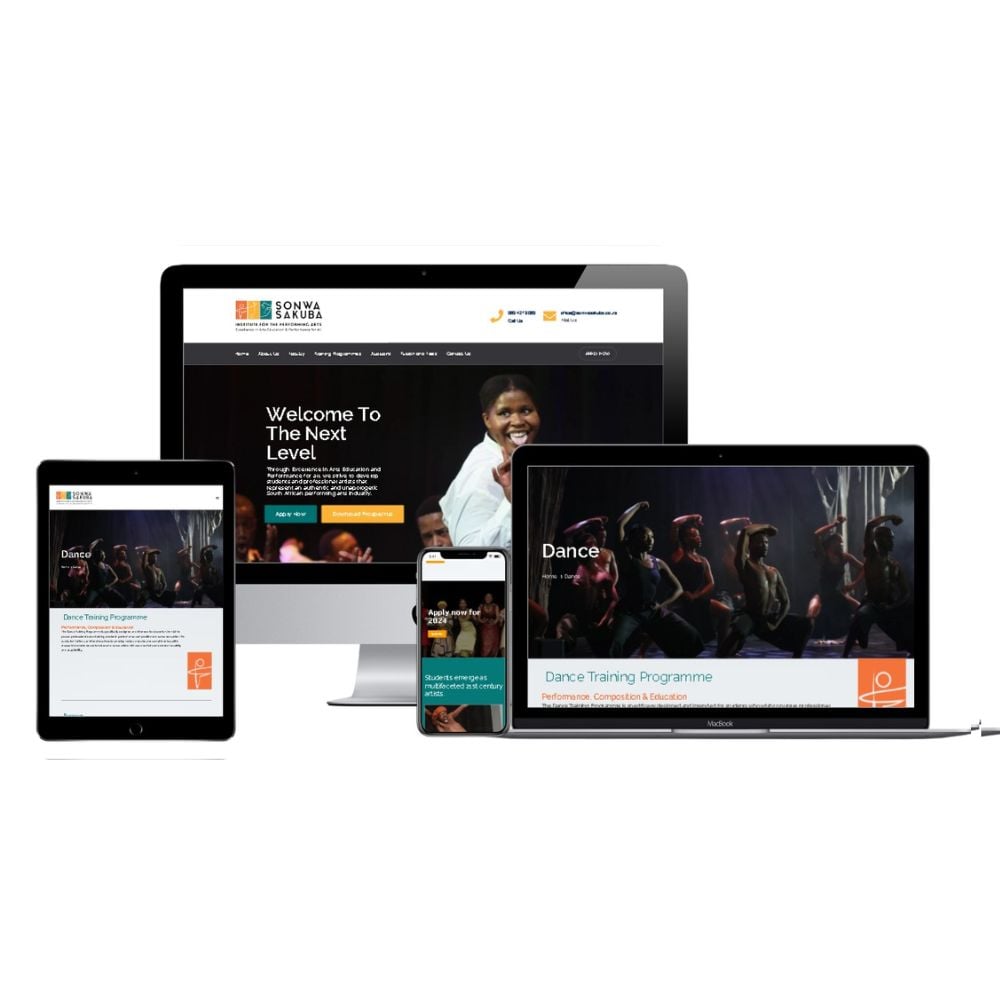Reasonably-Priced and Skilled Website Design for Small Business Owners
Reasonably-Priced and Skilled Website Design for Small Business Owners
Blog Article
Leading Tips for Creating an Impactful Site Style That Converts
To accomplish this, one should consider a selection of variables, including recognizing the target audience, focusing on customer experience, and optimizing for mobile systems. The critical use of compelling call-to-actions and a distinct aesthetic power structure plays an essential duty in guiding users via their trip.

Understand Your Target Audience
Comprehending your target audience is fundamental to effective site design, as it lays the foundation for creating an appealing user experience. Determining who your users are, including their demographics, preferences, and habits, enables developers to tailor the website's web content, design, and performance to fulfill certain requirements.
Carrying out thorough marketing research is crucial in this process. Surveys, interviews, and analytics can supply beneficial insights into user assumptions and pain points. By assembling this data, developers can produce individual characters that represent different segments of the audience, making certain that style choices are notified and relevant.
Furthermore, understanding the target audience aids in picking proper style elements such as color pattern, typography, and images that reverberate with users. A website that talks straight to its target market cultivates a sense of link and depend on, encouraging longer sees and higher conversion prices.
Inevitably, a user-centered strategy to site layout not only enhances customer fulfillment however additionally sustains company purposes by driving interaction and commitment. By prioritizing the demands and choices of the target audience, an internet site can effectively serve its function and achieve preferred end results.
Prioritize Individual Experience
To enhance the general efficiency of a site, prioritizing user experience (UX) is important (Website Design). A properly designed UX makes certain that visitors can browse the website easily, locate info promptly, and involve with material meaningfully. This brings about enhanced user satisfaction and higher conversion prices
Begin by carrying out instinctive navigation. Menus should be rationally structured, allowing users to locate vital areas of the website with marginal effort. Consistency in style components, such as color design and font styles, fosters experience, which is essential for maintaining individual engagement.
Furthermore, think about the filling speed of your site. A hold-up of simply a couple of seconds can result in considerable drop-offs, as individuals are much less likely to wait for a slow-loading web page. Streamlining pictures and maximizing code can boost performance and maintain site visitors.
In addition, clearness in content presentation is crucial. Use succinct, engaging language and separate message with visuals to boost readability. By focusing on user experience, you not only create a more enjoyable environment for visitors however likewise strengthen your brand name's integrity. Ultimately, a concentrate on UX is an investment in the long-lasting success of your web site.
Optimize for Mobile Devices
Enhancing for smart phones is important in today's digital landscape, where an enhancing number of individuals access websites via mobile phones and tablets. A mobile-friendly layout not just improves individual experience however also plays a considerable role in enhancing search engine positions. To achieve this, it is necessary to embrace a receptive layout that instantly gets used to try this out various display dimensions and alignments.

Filling rate is another vital element; mobile users are generally less client and anticipate quick access to details. By prioritizing mobile optimization, you make sure that your website remains competitive and properly involves a wider audience.
Use Engaging Call-to-Actions
A web site's performance often rests on its capability to guide visitors toward desired actions, making compelling call-to-actions (CTAs) necessary components of style. CTAs serve as the critical points that direct customers to involve with the site, whether that means buying, registering for a newsletter, or downloading and install a source.
To produce effective CTAs, clarity is critical. Use succinct language that plainly communicates the action you desire the individual to take. Expressions such as "Get going," "Join Free," or "Store Now" not just communicate seriousness but also get rid of obscurity. The placement of CTAs is equally vital; they must click resources be strategically positioned throughout the website to ensure they are easily visible, particularly in high-traffic locations.
Additionally, take into consideration using directional cues, such as arrows or pictures, to lead customers toward these switches. By concentrating on these aspects, businesses can dramatically boost user involvement, driving conversions and ultimately accomplishing their web site's goals.
Concentrate On Visual Hierarchy
Effective website style relies heavily on a well-structured visual hierarchy that overviews individuals via web content seamlessly. By arranging components in a manner that focuses on information, developers can improve individual experience and promote decision-making. This entails making use of dimension, shade, contrast, and spacing strategically to accentuate the most crucial parts of a page.
Using larger font styles for headings and subheadings develops informative post a clear distinction between various sections, enabling users to scan content effortlessly. Furthermore, using different colors for switches and calls-to-action can catch individual focus and motivate interaction. Whitespace is one more crucial component; it protects against mess and allows individuals to focus on crucial messages without diversions.
Photos and graphics need to enhance the text while additionally sticking to the established hierarchy, strengthening the total message (Website Design). Consistency in design components, such as color design and typography, further strengthens the aesthetic power structure, making navigating instinctive

Conclusion
In conclusion, reliable internet site design demands a comprehensive understanding of the target market, prioritization of user experience, and mobile optimization. The calculated use compelling call-to-actions and a distinct visual hierarchy even more enhances user involvement. By carrying out these principles, internet sites can accomplish greater conversion prices, making certain that design elements not just draw in visitors but likewise help with seamless navigating and communication. Inevitably, a well-executed web site layout functions as a vital component in driving customer activities and achieving business purposes.
Report this page